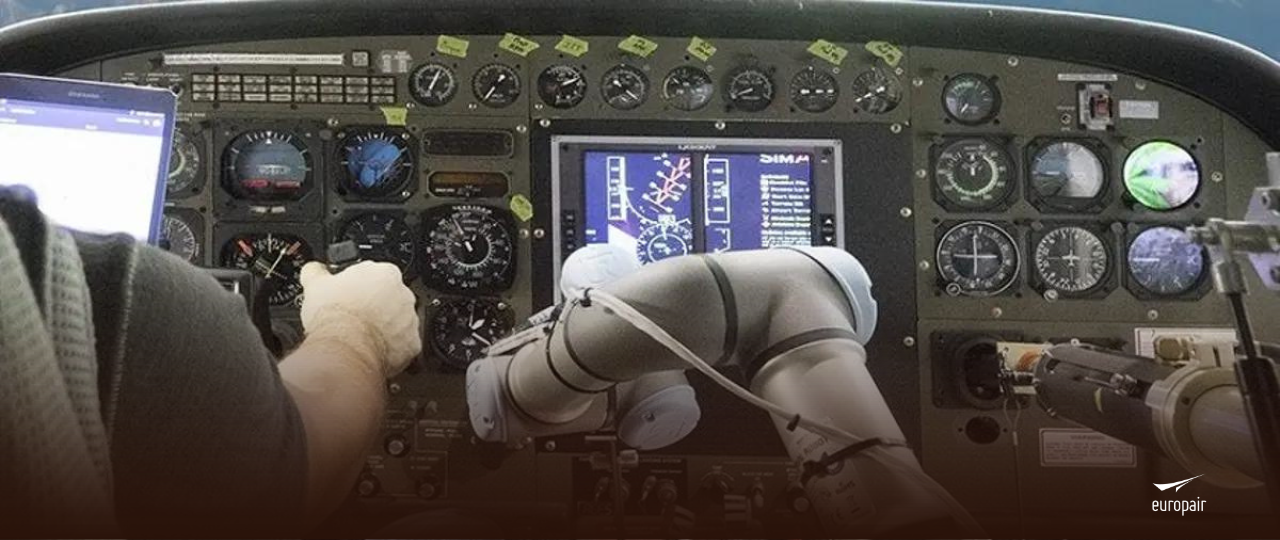
The skies, with us
Flying without a pilot? This is how the Alias system is revolutionising the aviation industry.

Flying without a pilot? This is how the Alias system is revolutionising the aviation industry.
If you're a frequent flyer, you've probably wondered at some point whether it would be possible for a plane to be piloted by a robot. The robotics and technology industry has been on a relentless rise over the past two decades, and creations like this one are the result. Thanks to the Alias system, developed by The US Defence Advanced Research Projects Agency (DARPA) and the aerospace company Aurora Flight Science, flying a plane solely piloted by a robot is now possible.
This system is capable of controlling all aspects of a commercial flight, from take-off to landing, and has been designed to be adaptable to any type of aircraft. Although it remains a prototype for the time being, it has generated a lot of interest in the aviation industry because of its great potential to transform aviation as we know it.
First of all, it is important to note that the Alias system is not designed to completely replace human pilots. Instead, it has been conceived as a support tool in emergency situations or when pilots need additional assistance. That is, the robot arm could take control of the aircraft in case pilots suffer from sudden illness, extreme fatigue or any other problem that prevents them from flying the aircraft.
But this is not the only potential use of the technology. In the not too distant future, it may be possible for commercial and private aircraft to be able to fly fully automated, thus reducing costs and increasing the efficiency of air transport. However, this type of technology still has many challenges to overcome before it can become a reality.
One of the biggest challenges is ensuring the safety of the system. In a commercial aircraft, safety is the top priority, and any failure in the system could have catastrophic consequences. That is why the aviation industry must ensure that any automated system is completely safe and reliable, and that it can detect and respond effectively to any problems that may arise.
Another major challenge is regulation and public acceptance. Currently, there are no clear regulations on the use of robots in commercial aviation, so regulators will have to define safety and certification standards for automated systems. In addition, public acceptance is also a key factor, as many people are not yet comfortable with the idea of flying in a pilotless aircraft.
Despite these challenges, the potential of the Alias system is enormously promising. Not only could it reduce the costs of commercial aviation, but it could also improve the efficiency and punctuality of flights by eliminating the human factor that can sometimes be prone to errors or in the worst case, prevent a potentially fatal accident. And, of course, the system could also be used in emergency situations, where safety and speed are essential.
In short, the Alias system is an impressive example of what technology can achieve in aviation. While there are still many challenges to overcome before the technology can be widely used, the potential is enormous and it is clear that we are moving towards an increasingly automated future in the aviation industry.
Would you fly in an aircraft piloted with the help of a robot?
At Europair we are at your service to bring you closer to the world of private aviation and charter flights: we will advise you throughout the entire contracting process, answer all your questions, and find the best solution for your needs.
Do you need to charter a regional aircraft?
Contact us at web@europair.es or call +34913952025.



